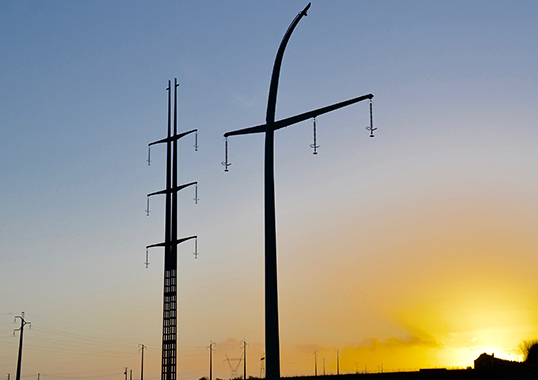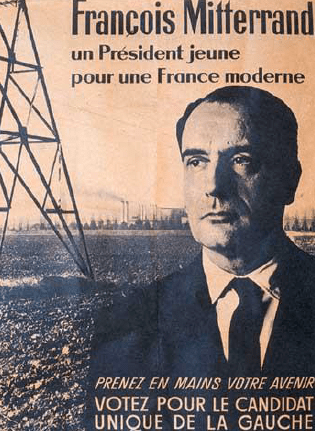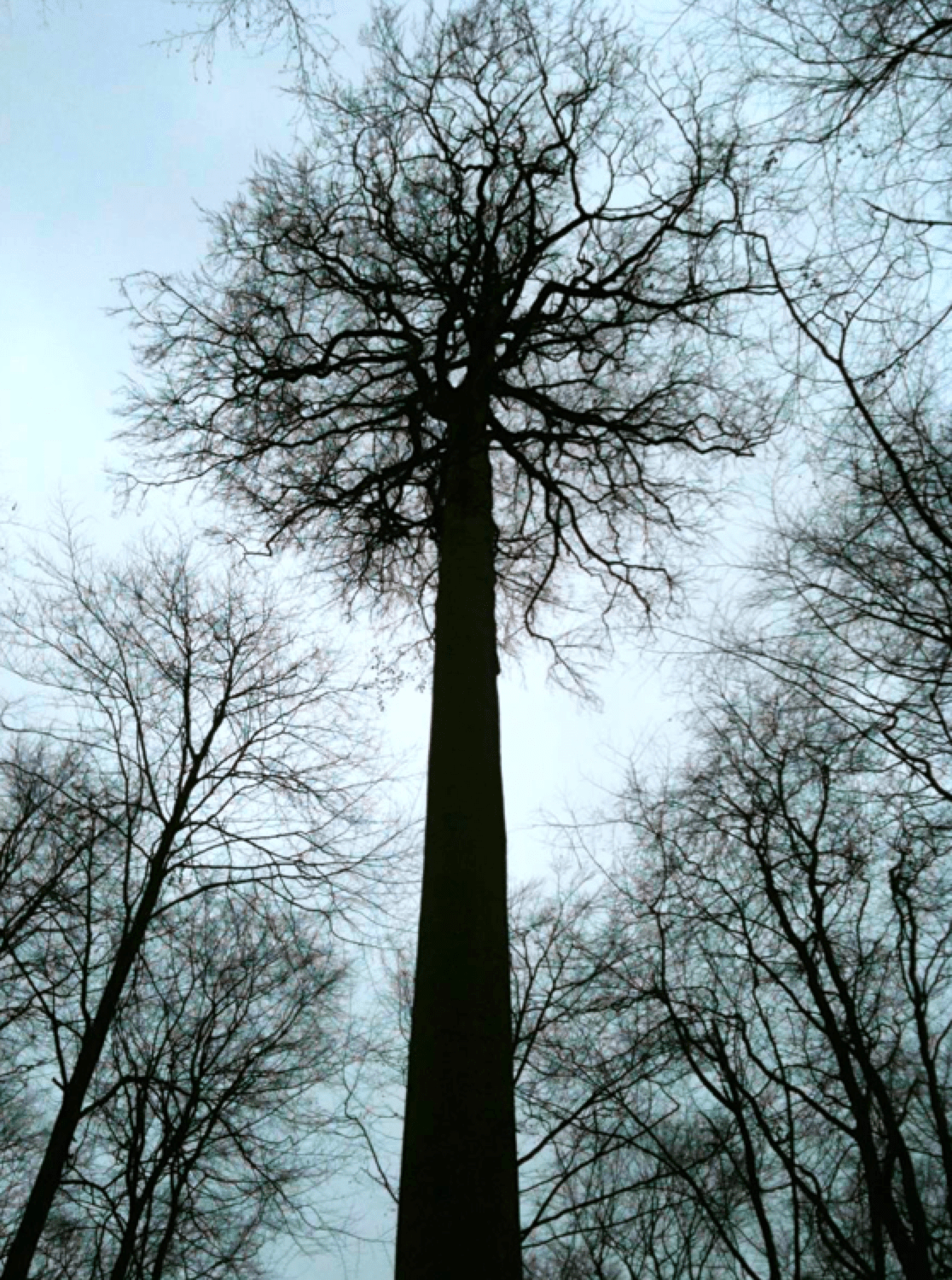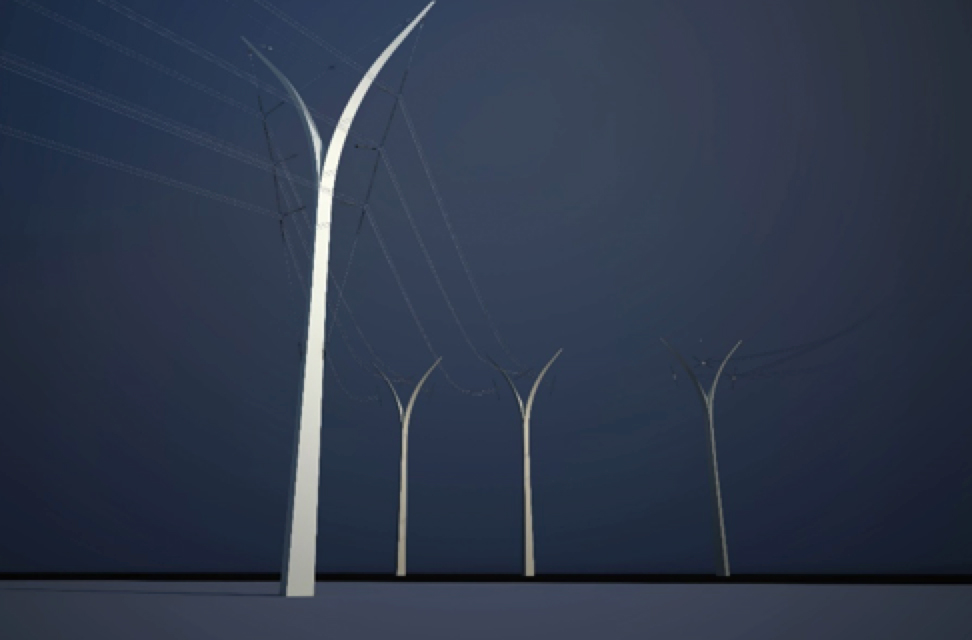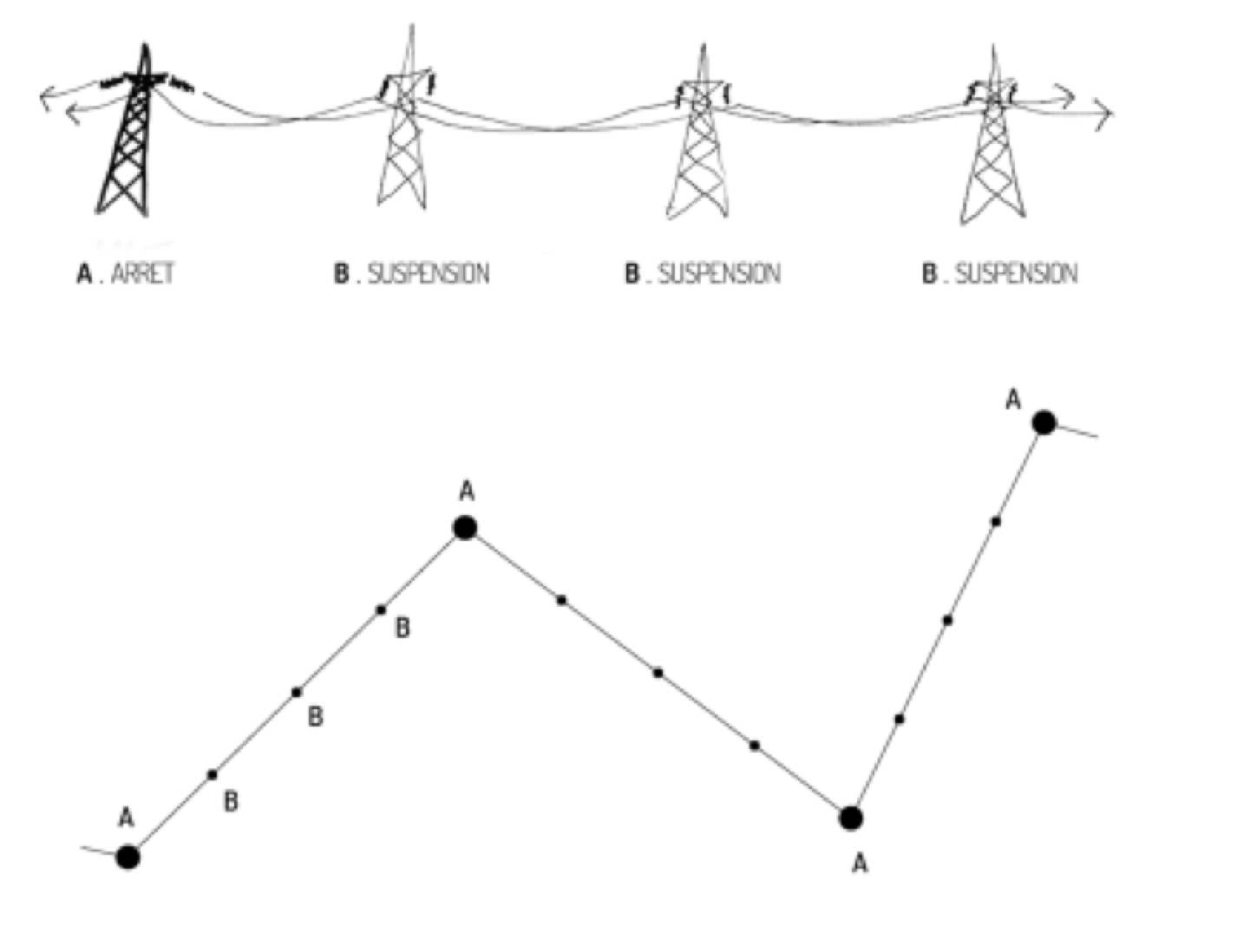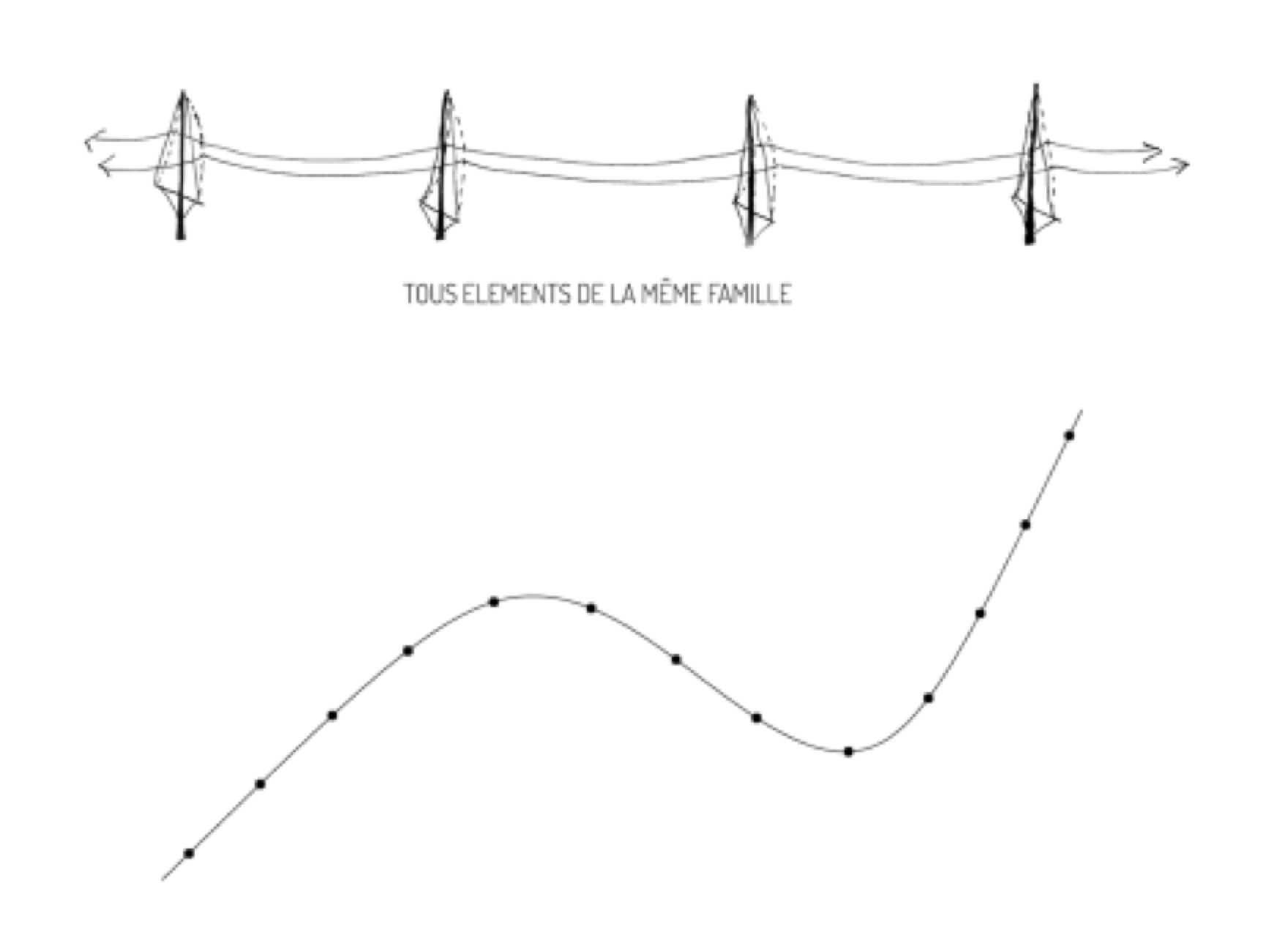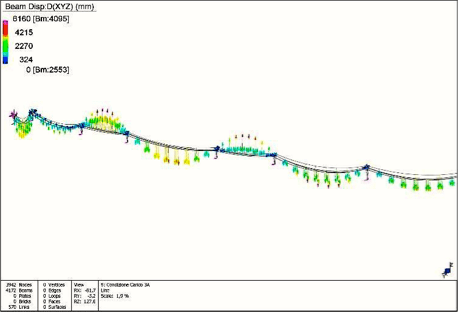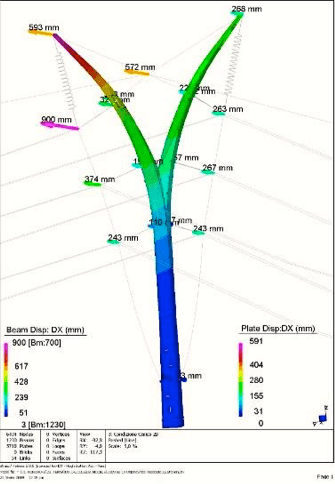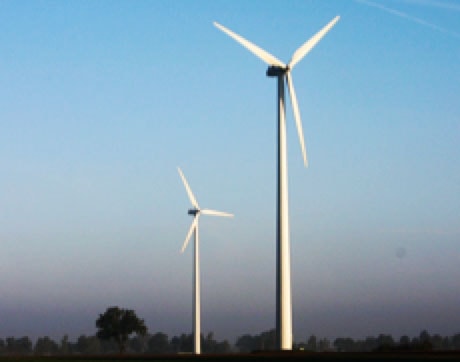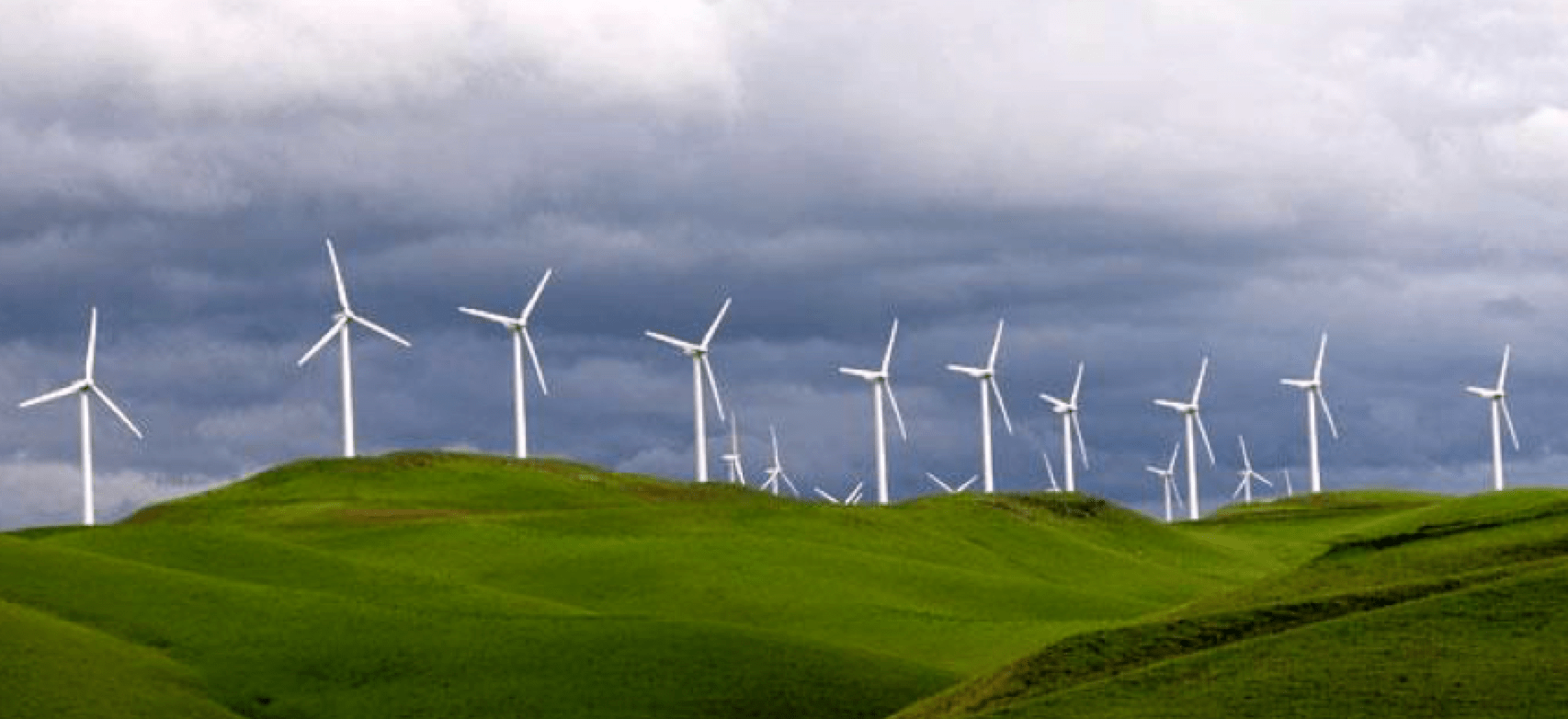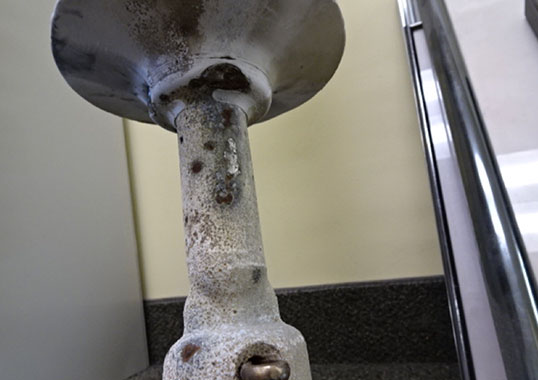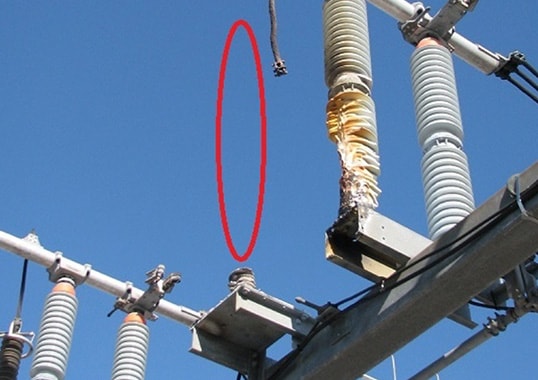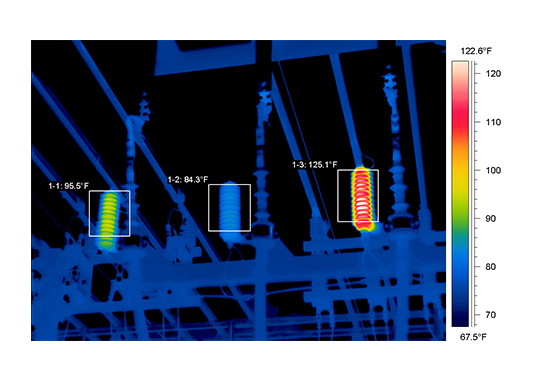According to expert line designers, the issue of grid aesthetics goes beyond the appearance of any single power structure and defines the identity of an entire overhead line. It also helps shape the public image of the power company that owns and operates this asset. This edited past contribution to INMR by award-winning line designer, Hugh Dutton, of Hugh Dutton Associés in Paris discussed influences in design of uniquely different and highly aesthetic overhead lines.
An entry in a competition for design of a new pylon on behalf of Italian TSO, Terna, discussed the concept of ‘industrial soldiers’ marching across the landscape. Indeed, lattice power pylons were once considered a symbol of progress and therefore conveyed a uniquely positive image. For example, an old election poster for former President Francois Mitterand showed him alongside exactly such a tower. Today, by contrast, candidates for political office promise ecology and green fields. Times have changed and the image of power transmission must also change in order to better adapt to new technologies as well as a different public state of mind. It must also respond to a new context of communication with the internet and public forums for discussion and debate.
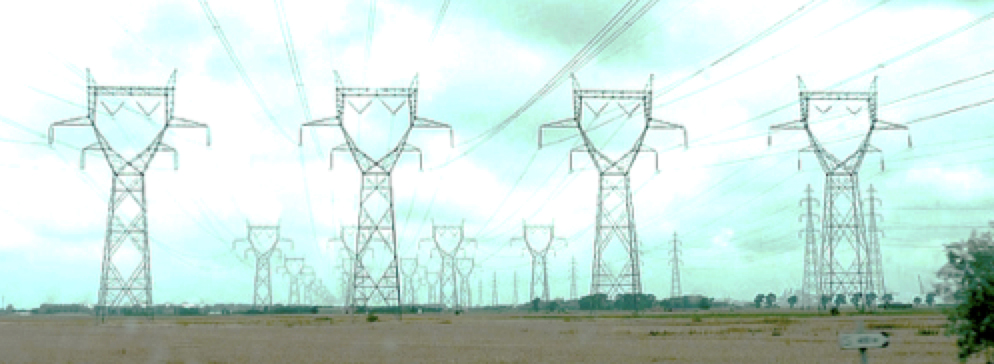 Major TSOs, such as Terna in Italy, RTE in France and the National Grid in the U.K. have taken the initiative in this regard and held competitions to promote more aesthetic design of their transmission systems. In fact, considering aesthetic design for overhead lines has now become a necessary step given that their acceptance by affected communities will improve if the public shares and participates in the debate on alternatives. For example, the Equilibre design for the Avelin-Gavrelle Line in northern France was selected in the final stage by a committee of local representative groups. The process behind acceptance of the line was followed through an active blog that RTE maintained online and that encouraged interaction with the community through information and updates. As demonstrated here, the internet offers an essential tool in communication of design and a new, more positive image for power transmission.
Major TSOs, such as Terna in Italy, RTE in France and the National Grid in the U.K. have taken the initiative in this regard and held competitions to promote more aesthetic design of their transmission systems. In fact, considering aesthetic design for overhead lines has now become a necessary step given that their acceptance by affected communities will improve if the public shares and participates in the debate on alternatives. For example, the Equilibre design for the Avelin-Gavrelle Line in northern France was selected in the final stage by a committee of local representative groups. The process behind acceptance of the line was followed through an active blog that RTE maintained online and that encouraged interaction with the community through information and updates. As demonstrated here, the internet offers an essential tool in communication of design and a new, more positive image for power transmission.
Creativity & Nature as Inspiration
This studio normally designs structures, buildings, facades and bridges and only came to design power structures when invited to participate in the Terna competition. In the end, good solutions come from fresh ideas and creativity is essential in design. Such work is often inspired by nature, which offers many solutions to inspire. Trees, for example, do a similar job to that asked of power line structures and do so with elegance and poise.
‘Tensegrity’
Much design work involves tensile structures and cable stayed facades and a suspended footbridge in Turin, Italy inspired entering the Terna competition.
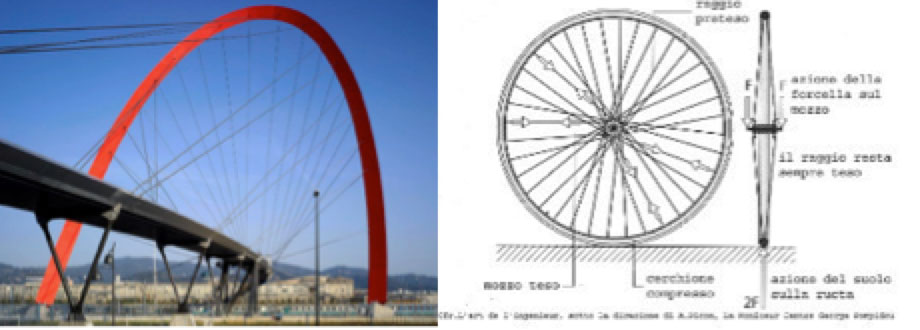
Using tension structure concepts to resolve design of high voltage lines was based on the belief that the silhouette of support structures could be better controlled if certain of the components were considered in tension. This could help diminish visual impact when viewed from a distance, leaving designers a freer hand when it comes to silhouette. This approach, for example, led to design of the award-winning Germoglio Tower.
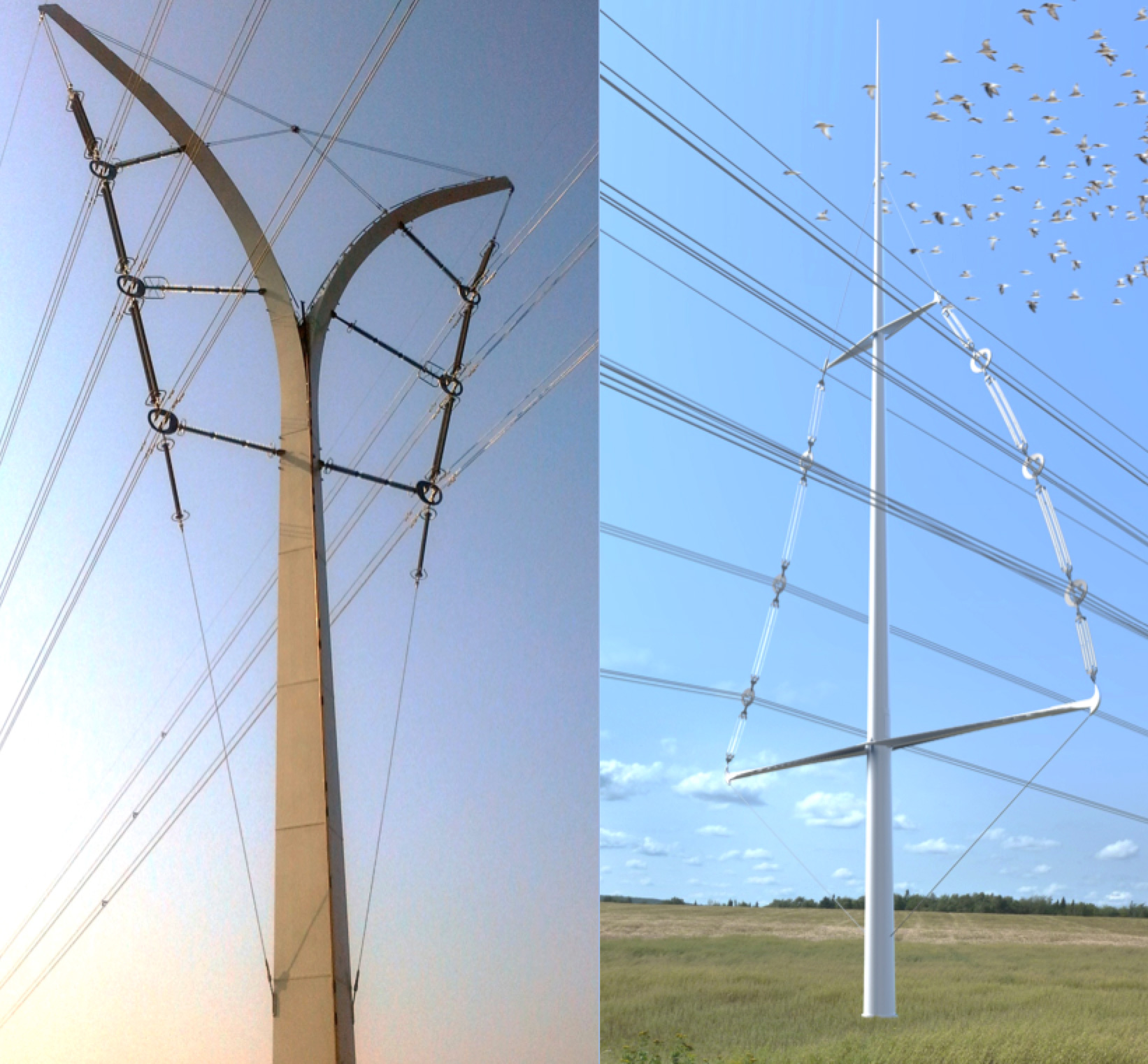
Non-Linearity
Understanding the non-linear nature of tensile structures led to a different approach than used in traditional ‘suspension’ and ‘tension’ tower structure types. Rather than considering only occasional towers as capable of resolving tension forces in conductors, it was proposed that all be able of share these tensile forces. This unconventional idea was not easily accepted in the utility industry, which had always considered the dual roles of towers that follow a zigzag route and with any change in angle normally occurring at tension structures. Suspension towers, by contrast, generally follow a straight line. But if all towers are designed to resolve tension at the same time as changing angle, this allows for a more fluid path through a landscape. This is desirable if the goal is that an overhead line better responds to topography or transport corridors that are themselves often curvilinear.
Both Terna and Equilibre designs use this concept of tensegrity and load sharing in design of both lines and structures.
Wind turbines should also be considered when attempting to change the image of power transmission. These are intrinsically beautifully designed and for a noble cause as well. Ironically, the first lattice structures began as symbols of the bright future ahead. However, they are now commonplace and are finding increasing opposition simply because they have become too anonymous and invasive.
Design of future overhead power lines should instead have some territoriality to make them symbols of specific places. This way, they can become an identifiable part of a particular community or landscape and be something different for each region.
[inline_ad_block]

